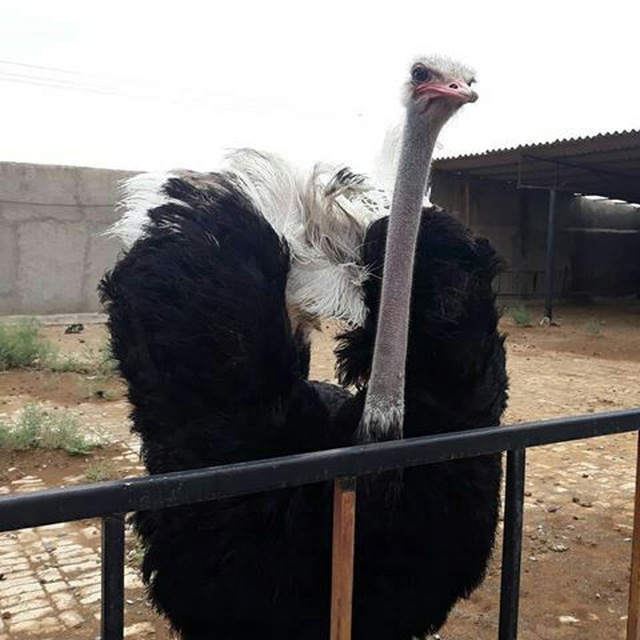The term probiotic, of Latin-Greek origin, meaning “for life”, was first used in 1965 by Stillway and Lilay to describe the enhancing effect of one microorganism on the growth of another microorganism. Although several definitions were proposed for probiotics after that, but due to lack of comprehensiveness and obstacles; None were fully accepted. A fairly complete and comprehensive definition provided by the Federal Institute for the Protection of Veterinary Consumer Health BgVV says that probiotics are specific live microorganisms that exert positive effects after reaching the intestine.
Application of probiotics in poultry industry:
Reducing production and treatment costs
Reducing the conversion factor and improving weighing.
Improve digestion and absorption of food
Production of essential enzymes such as phytase, lipase, protease, etc.
appetite stimulation
Production of vitamins, short-chain fatty acids, organic acids, etc.
Increasing the biological processing of essential materials such as calcium, phosphorus, trace elements, protein, energy, etc.
Increase and regeneration of intestinal microvilli
Neutralize the effect of toxins
Dealing with pathogenic pathogens (Salmonella, E. coli, Clostridia, coccidiosis agents, etc.)
Stabilization of natural digestive flora
Stimulating and strengthening the immune system
Cholesterol reduction
Mahan Biotarman Knowledge Base Company
This post is written by Rezaiialii
